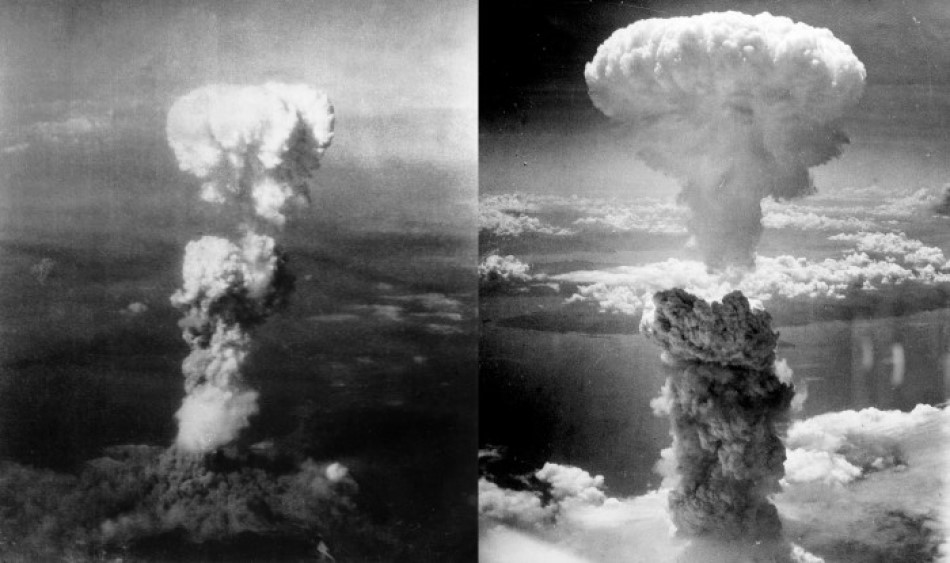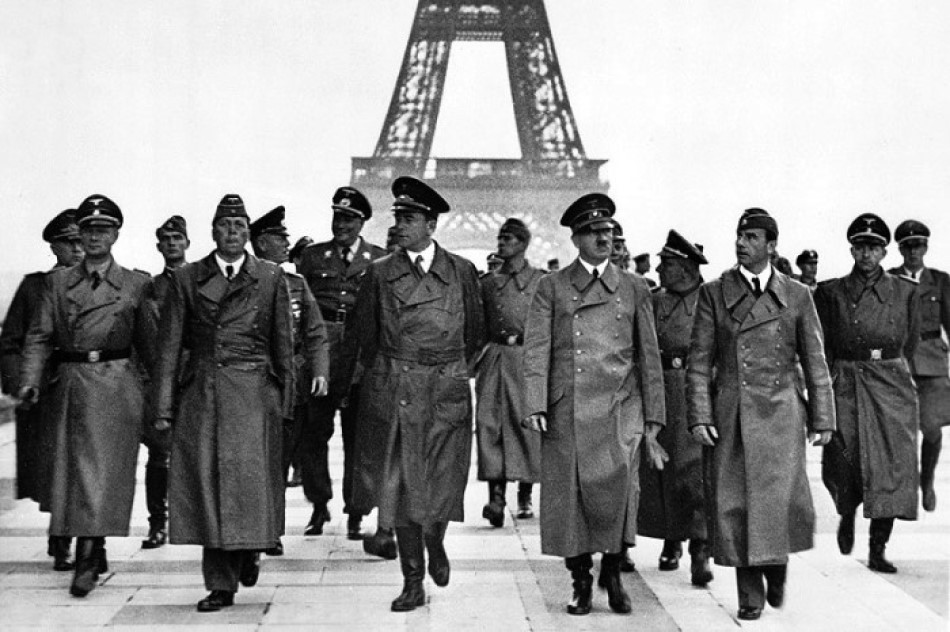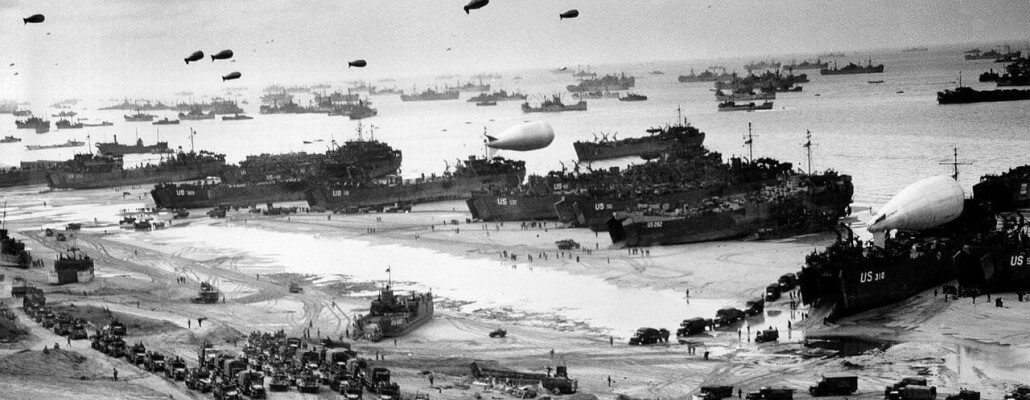War is considered to be one of the most disastrous events in the history of mankind, and World War I and II were no exceptions. The after effects of war include the loss of lives and homes, and it can take decades for life to return to normal, though things are often changed for good.
Of the two, World War II was much harsher when compared to World War I. Read on to find out more about this historical event, and how it shaped our world today.
1. World War II took place between 1939-1945.
It was triggered by the misery of the people hailing from the lower realms of society in Germany due to the rules they had to follow post World War I.
2. Adolf Hitler convinced the Germans to appoint him as their leader owing to the chaos it was in.
Hitler then used this chaos in Germany and the rest of Europe to his advantage and invaded and attacked Poland in 1939. Thus began World War II.
3. In December 1941, the Japanese attacked Pearl Harbor in the USA.
This essentially roped the United States of America into the war.
4. There were two sides in World War II.
On one side was The Axis powers which were formed by Germany, and led by Adolf Hitler, Italy and Japan. The other comprised of the joint forces of Britain, Russia, and the USA, which formed the Allied side.
5. In March 1945, 6 years into WW2, the Allied forces attacked Germany by entering through Berlin.
This subsequently resulted in Germany surrendering in May 1945. Shortly after, Adolf Hitler met his demise.
6. On the 6th of August 1945, the Americans dropped an atomic bomb on Hiroshima, Japan.
This played a big part in the war ending, with Japan surrendering on the 2nd September 1945 (after Germany had already surrendered).

7. During World War II the British Security Service had a special system, that allowed spies and agents to spread disinformation.
The agents would give information that the German shots were directly hitting Central London. In reality, they never hit Central London and were missing it by several kilometers. The Germans trusted this information over their own data, and never cared to correct their shots.
8. 3.4 million tonnes of explosives were dropped in Europe and Asia during the war.
This was around 27,000 tonnes/month. 5-15% of those explosives or bombs never detonated, which means they never properly exploded. They are still buried beneath the Earth, and are still considered very dangerous. In Germany, every year almost 5,500 bombs are discovered.
9. At the end of the war, Russia and Japan never officially signed a peace treaty.
So technically, the war never really ended between them.
10. During the war there was a German interrogator named Hans Scharff. He did not use torture techniques to conduct interrogations, instead treating his prisoners with kindness and respect.
Hans pretended to be their friend, and even took them for strolls in the nearby woods. During these strolls, the prisoners would often divulge information as part of a friendly conversation and never realised they did so. It helped Hans acquire a lot of secret information!
11. The renowned soft drink company, Coca-Cola, couldn’t import the syrup they needed to make the drink.
To cover up for this, the head of Coca-Cola decided to create a new product for the German market with the available resources. The new soda was named ‘Fanta’, inspired from the German word for imagination, ‘Fantasie.’
12. When Hitler visited Paris during the war, the French cut the lift cables of the Eiffel Tower.
This meant that if he wanted to climb the Eiffel Tower, he would have to climb the tower’s 1,710 steps on his own! As a result, Hitler never climbed the Eiffel Tower. A small victory for France!

13. The Nazis, led by Adolf Hitler, had taken over almost all of France in the war including Paris.
They also invaded Belgium, Luxembourg and the Netherlands.
14. Adolf Hitler looked down upon people of Jewish heritage.
He would lock them up in concentration camps, where many people ultimately lost their lives.
15. Approximately 40 to 50 million people lost their lives during World War II.
These deaths spanned both the Allied and Axis powers, including the Polish, U.S.S.R. (Russia), America, Japan, and great Britain.
16. The Axis were made up of Germany, Italy, and Japan.
They wanted to take land that did not belong to them.
World War 2 FAQs
What is the most interesting fact about World War 2?
The British deliberately fed Germans incorrect information as part of Operation Mincemeat. They deliberately planted “secret” documents off the coast of Spain, full of misinformation that the Germans believed was real.
How did WWII End?
World War 2 ended on September 2, 1945. In the West, it ended when Germany surrendered in May 1945, and in the East, it ended when Japan surrendered in August 1945. The atomic bombing of Japan by the US played a large part in Japan’s surrender.
Who started World War 2?
Germany effectively started World War 2 when Hitler invaded Poland in September 1939. As a result of this, France and Britain declared war on Germany.
Which countries did not take part in WWII?
There are a number of countries that remained neutral throughout the war. These include Switzerland, Portugal, Ireland, Turkey, Sweden, Spain, Yemen, Saudi Arabia, and more.
Why did Germany start World War 2?
When Adolf Hitler achieved power within Germany, he destroyed the democracy within the country, turning it into a war state. He was determined to conqueror Europe, and believed that Germans were the superior ‘master race’, who had the right to take over ‘inferior’ people.
